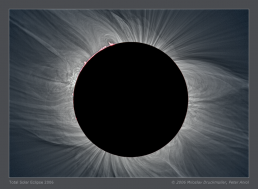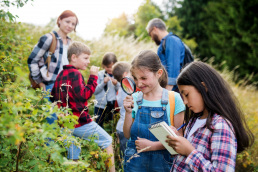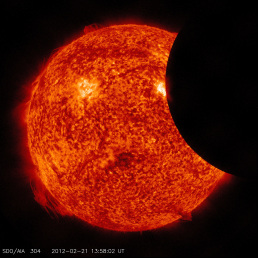Educator Resources
The Eclipse Soundscapes (ES) Project invites families, science clubs, and classrooms to explore NASA-related eclipse science. Although the 2023 & 2024 solar eclipses have concluded, the ES lessons remain fully aligned with the Next Generation Science Standards (NGSS) and continue to support meaningful, multi-sensory learning.
Here you’ll find free, teacher-developed lesson plans complete with slides, handouts, and scaffolds for multilingual learners, as well as additional space-science educational resources.
Observer Role Curriculum
Lesson Plans that complement the ES Observer role


Lesson Plan: What and When is Solar Eclipse Maximum?
Lesson Plan: Nature during a Solar Eclipse
Lesson Plan: Multi-sensory Observing
We want to hear from you! If you used any of the Observer curriculum, please submit feedback via a short survey! Receiving feedback or just knowing that it was used via this form helps us gather impact information and creates more funding opportunities to create more free materials like this.
"Do Now" Activities
The first step in a great lesson is a “Do Now”– a short activity that you have written on the board or that is waiting for students as they enter. It often starts working before you do. While you are greeting students at the door, or finding that stack of copies, or erasing the mark-ups you made to your overhead from the last lesson, students should already be busy, via the Do Now with scholarly work that prepares them to succeed. In fact, students entering your room should never have to ask themselves, “What am I supposed to be doing?” That much should go without saying. The habits of a good classroom should answer, “You should be doing the Do Now, because we always start with the Do Now.” (“Do Now” Explanation Source: Teach Like a Champion, 2023)
DO NOW: Multi-sensory Eclipse Observations
All Lesson Plans
Lesson Plan: Multi-sensory Observing
Lesson Plan: Nature during a Solar Eclipse
Lesson Plan: What and When is Solar Eclipse Maximum?
Lesson Plan: What is a Solar Eclipse
We want to hear from you! If you used any of these lesson plans or resources, please submit feedback via a very short form! It should only take less than 5 minutes!
Additional Educator Resources
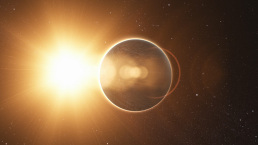

Kingdom in Peril
Lunar & Solar Eclipses
Explore the arrangement of the Sun, Earth, Moon system, and inclination of the Moon’s orbit necessary to generate solar and lunar eclipses. Determine the likelihood of observing these phenomena. Share your eclipse knowledge with your kingdom, preventing a revolt and saving it from attack. Episode 1: Celestial Bodies Episode | 2: Red Moon Rebellion | Episode 3: Darkest Day (Created, Developed, & Shared by Infiniscope)
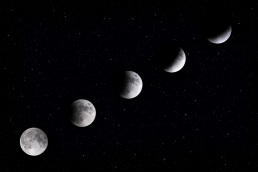

Phases of the Moon
Explore the phases of the Moon in this cool 80’s retro style experience featuring your AI friend LuCIA. Use a model to identify inaccuracies in LuCIA’s coding. Sequence a variety of Moon phase diagrams to “Reprogram” her code. Test the new code to improve the clarity of the galaxy image and reprogram her until a clear image is achieved. (Created, Developed, & Shared by Infiniscope)
